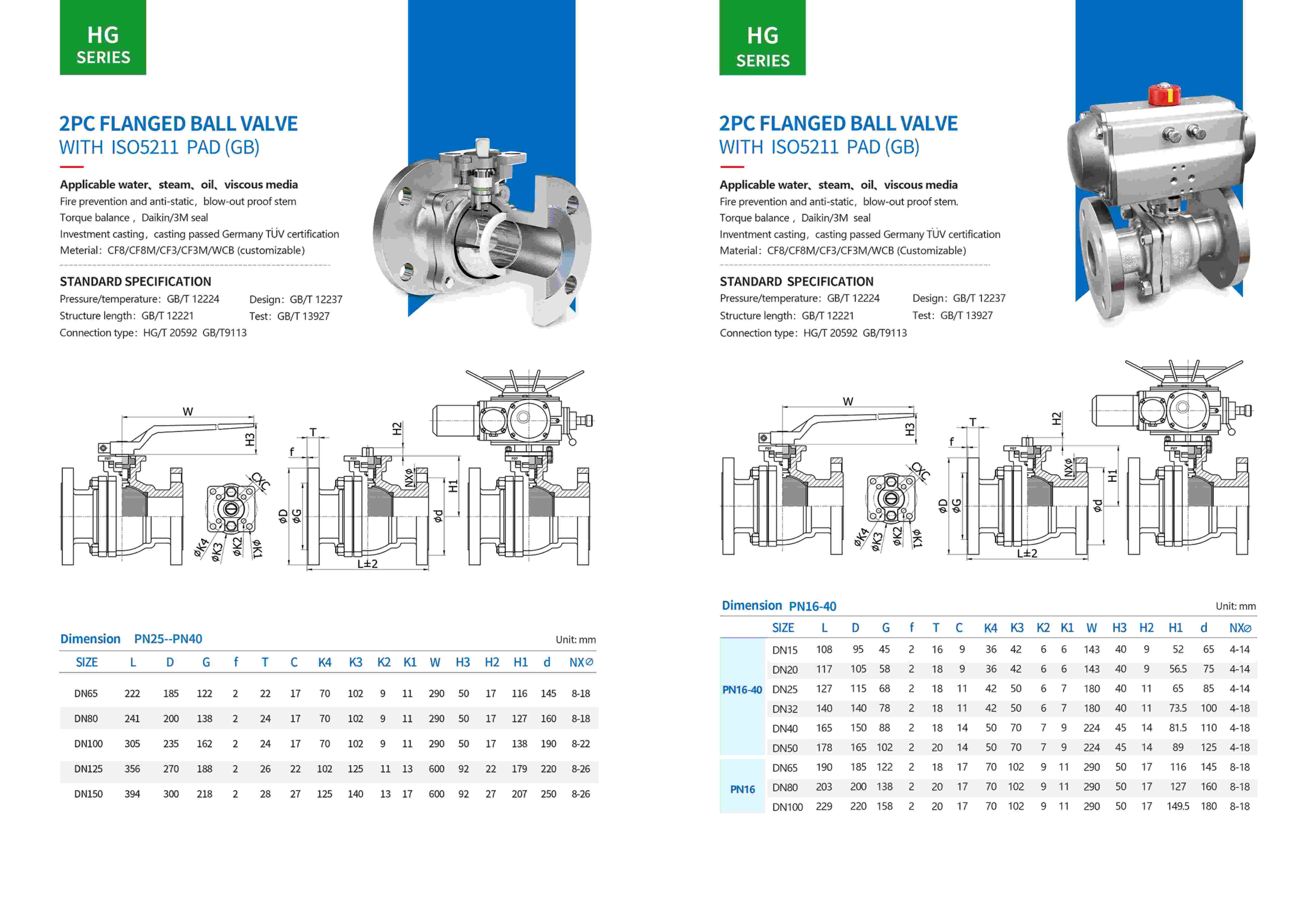low pressure relief valve
A low pressure relief valve is a critical safety device designed to protect systems and equipment from excessive pressure buildup by automatically releasing fluid when pressure exceeds predetermined limits. These valves are engineered to operate in low pressure environments, typically ranging from 0.5 to 50 PSI, making them ideal for various industrial and commercial applications. The valve consists of several key components, including a spring loaded disc, seat, and adjustment mechanism that work in harmony to maintain system pressure within safe operating parameters. When pressure rises above the set point, the disc lifts against the spring force, allowing excess pressure to be relieved through a discharge port. Once the pressure returns to normal levels, the valve automatically reseats, maintaining system integrity. These valves are particularly valuable in applications where precise pressure control is essential, such as in pharmaceutical manufacturing, food processing, and chemical handling systems. The design incorporates materials suitable for various media, including corrosive substances, and features fail safe operation to ensure maximum reliability. Modern low pressure relief valves often include additional features such as manual testing capabilities, position indicators, and various connection options to accommodate different installation requirements.
